The best FreeSync gaming monitors are essential for syncing your monitor's refresh rate with compatible graphics cards, resulting in reduced input latency, screen tearing, and stuttering. AMD offers some of the top-tier graphics cards, such as the Radeon RX 7800 XT, known for delivering high frame rates, even at 1440p. Keep an eye out for the next generation of AMD GPUs, the RX 5070 and RX 5070 XT, set to launch in March, though exact dates and pricing are yet to be announced.
To match the capabilities of high-performance graphics cards, you need a monitor with the right technology. Our top pick is the Gigabyte Aorus FO32U, a powerhouse gaming monitor that delivers exceptional performance at a reasonable price. If you're looking for alternatives, we have a range of outstanding FreeSync gaming monitors to consider.
TL;DR – These Are the Best FreeSync Gaming Monitors:
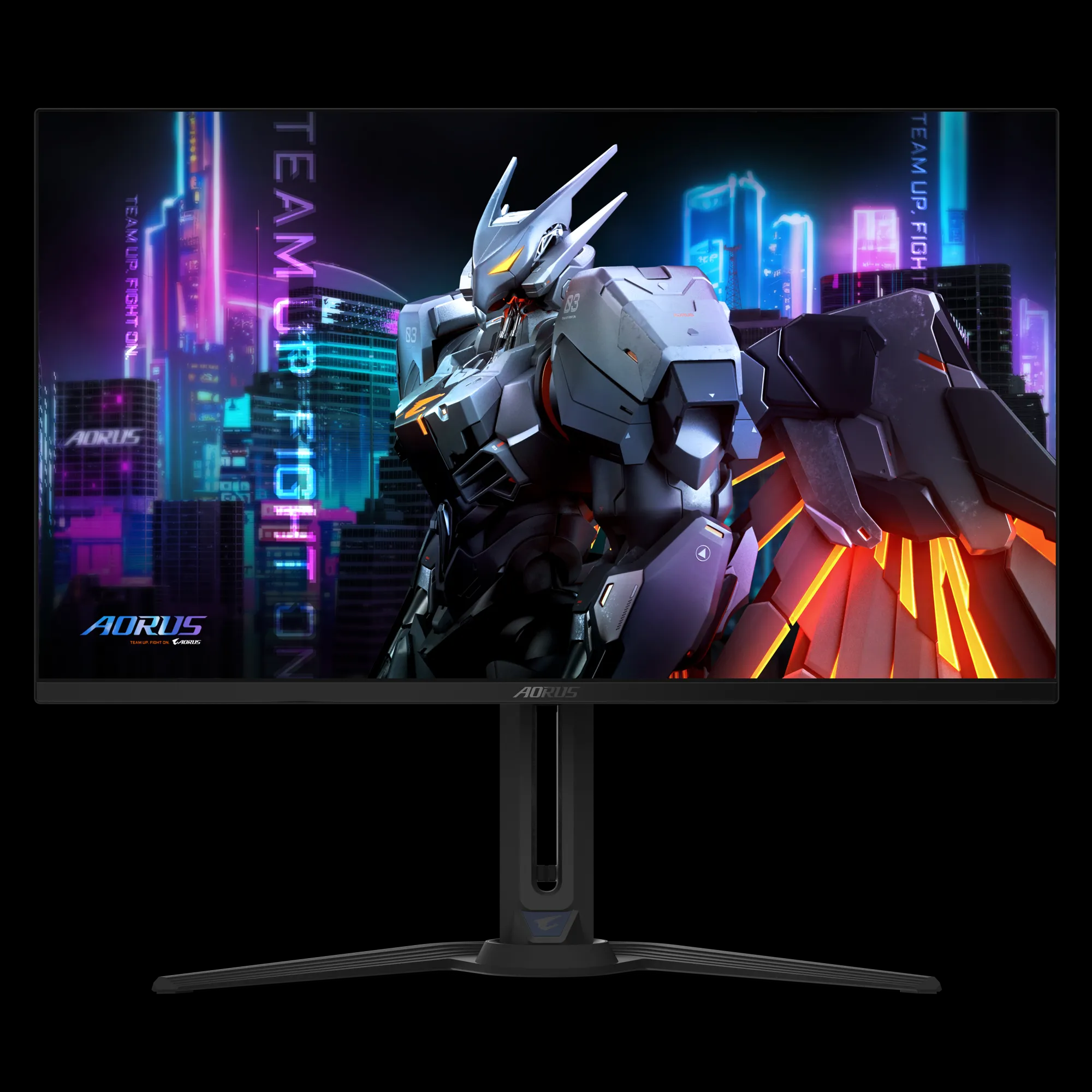 Our Top Pick
Our Top Pick
Gigabyte Aorus FO32U2
0See it at Amazon!

Lenovo Legion R27fc-30
0See it at Amazon
See it at Lenovo!

LG UltraGear 27GN950-B
0See it at Amazon!
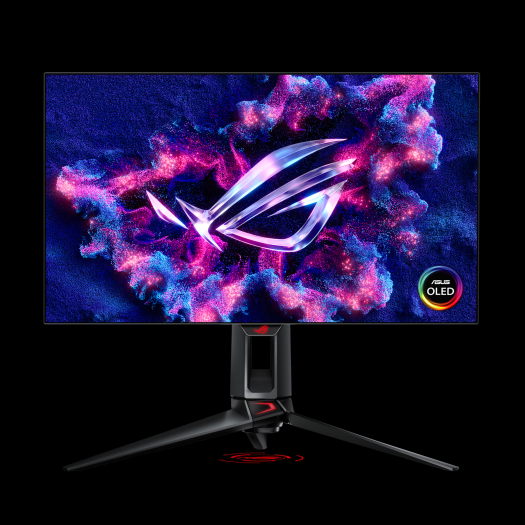
Asus ROG Swift PG27AQDP
0See it at Amazon
See it at Newegg!
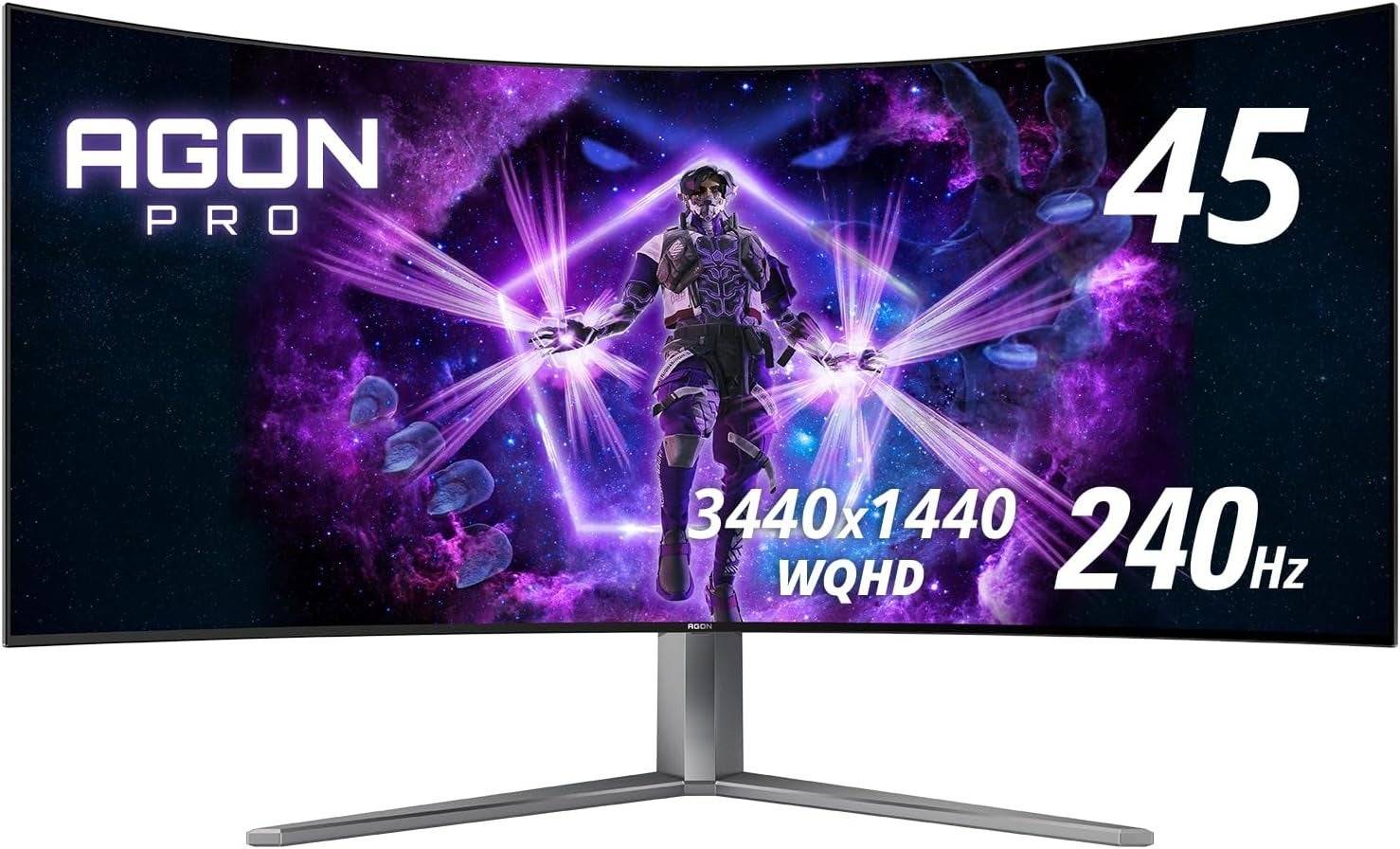
AOC Agon Pro AG456UCZD
0See it at Amazon
All of the best gaming monitors should come with FreeSync support, ensuring you get the most out of your gaming PCs. If you're unsure, this list will help you find the perfect monitor for your setup. Additionally, some of these monitors are compatible with Xbox Series X or PlayStation 5, serving as versatile screens for your gaming needs.
Additional contributions by Kevin Lee, Georgie Peru, and Danielle Abraham.
Gigabyte Aorus FO32U2 Pro – Photos
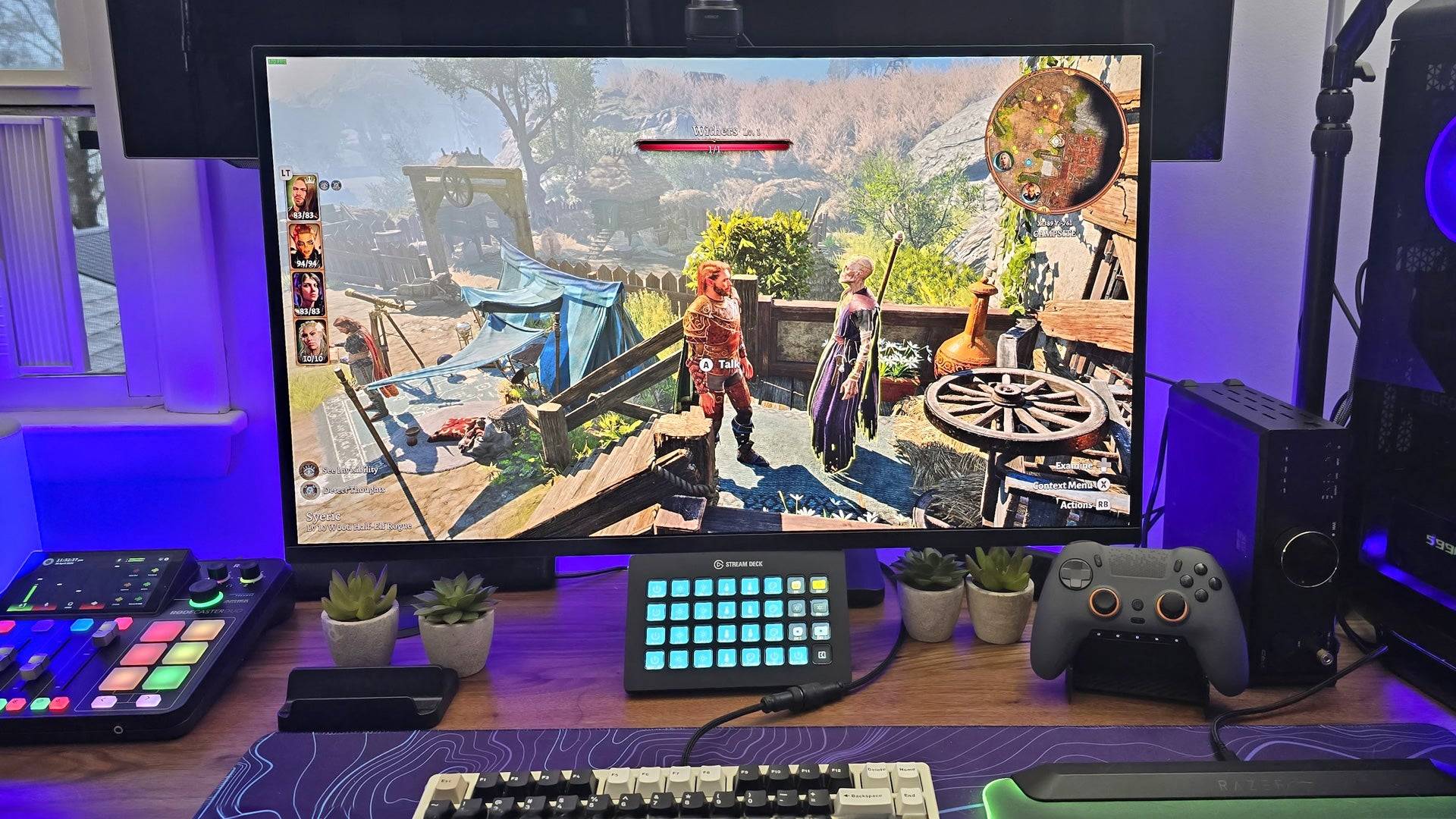
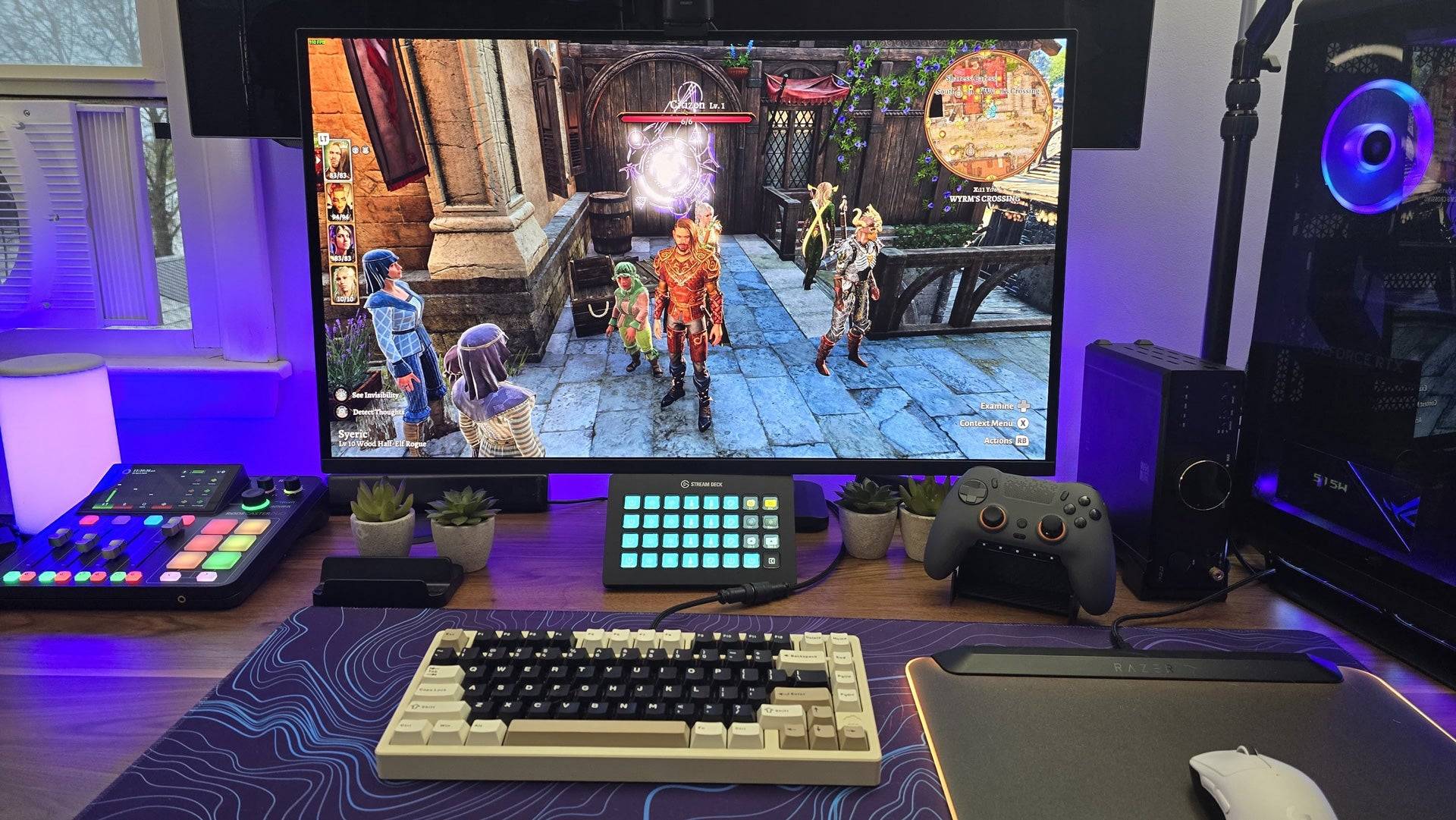 13 Images
13 Images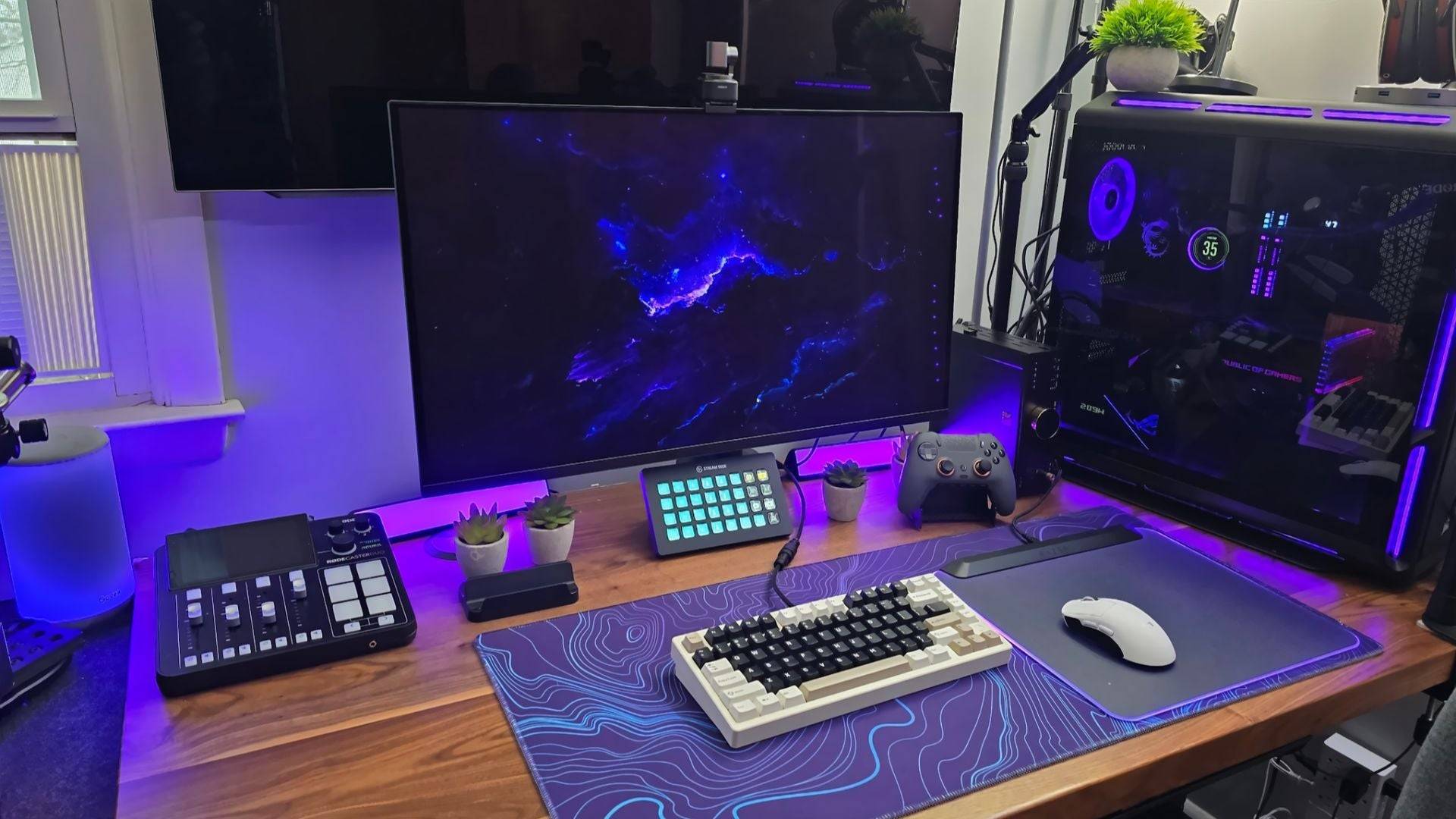
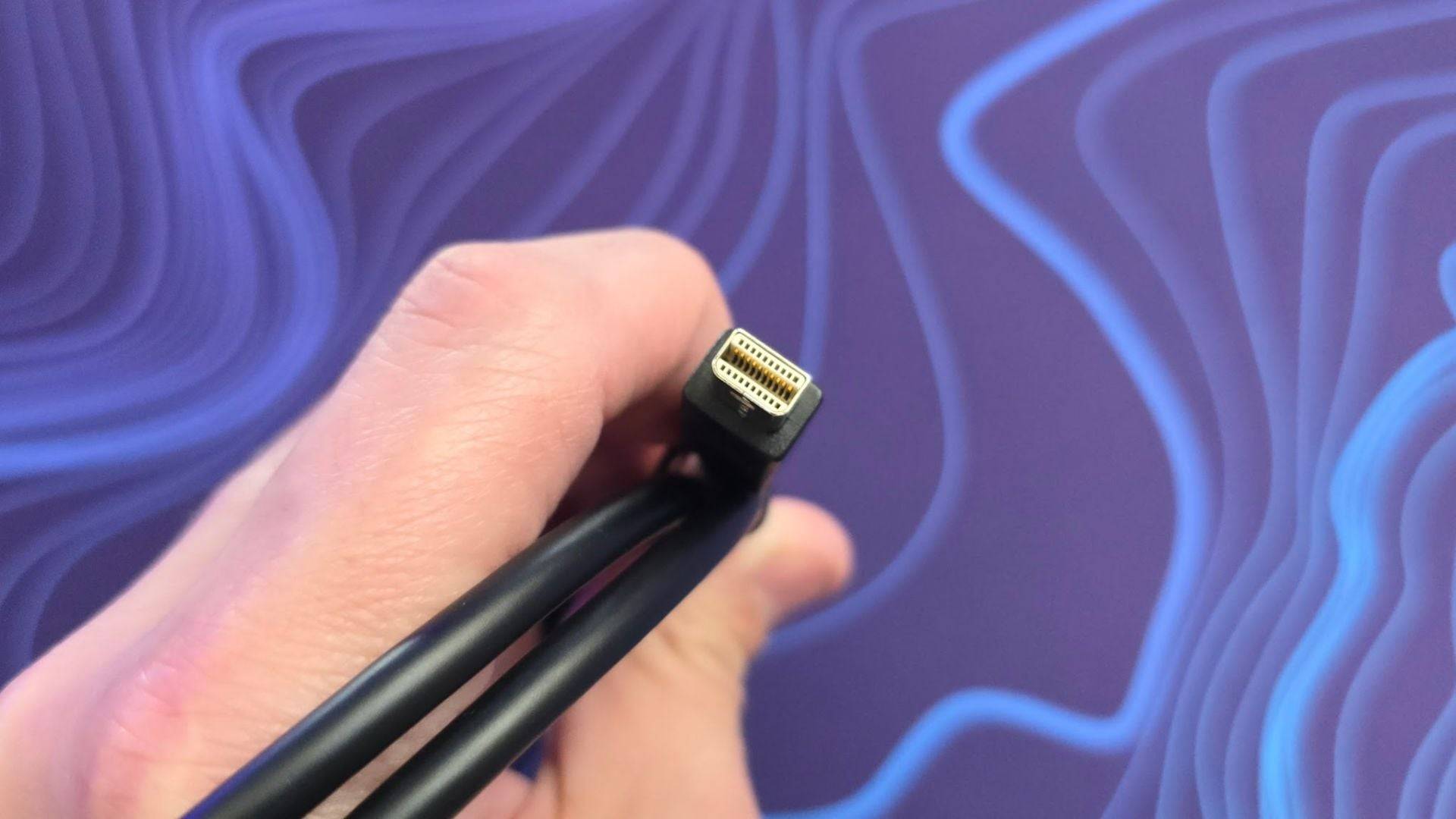
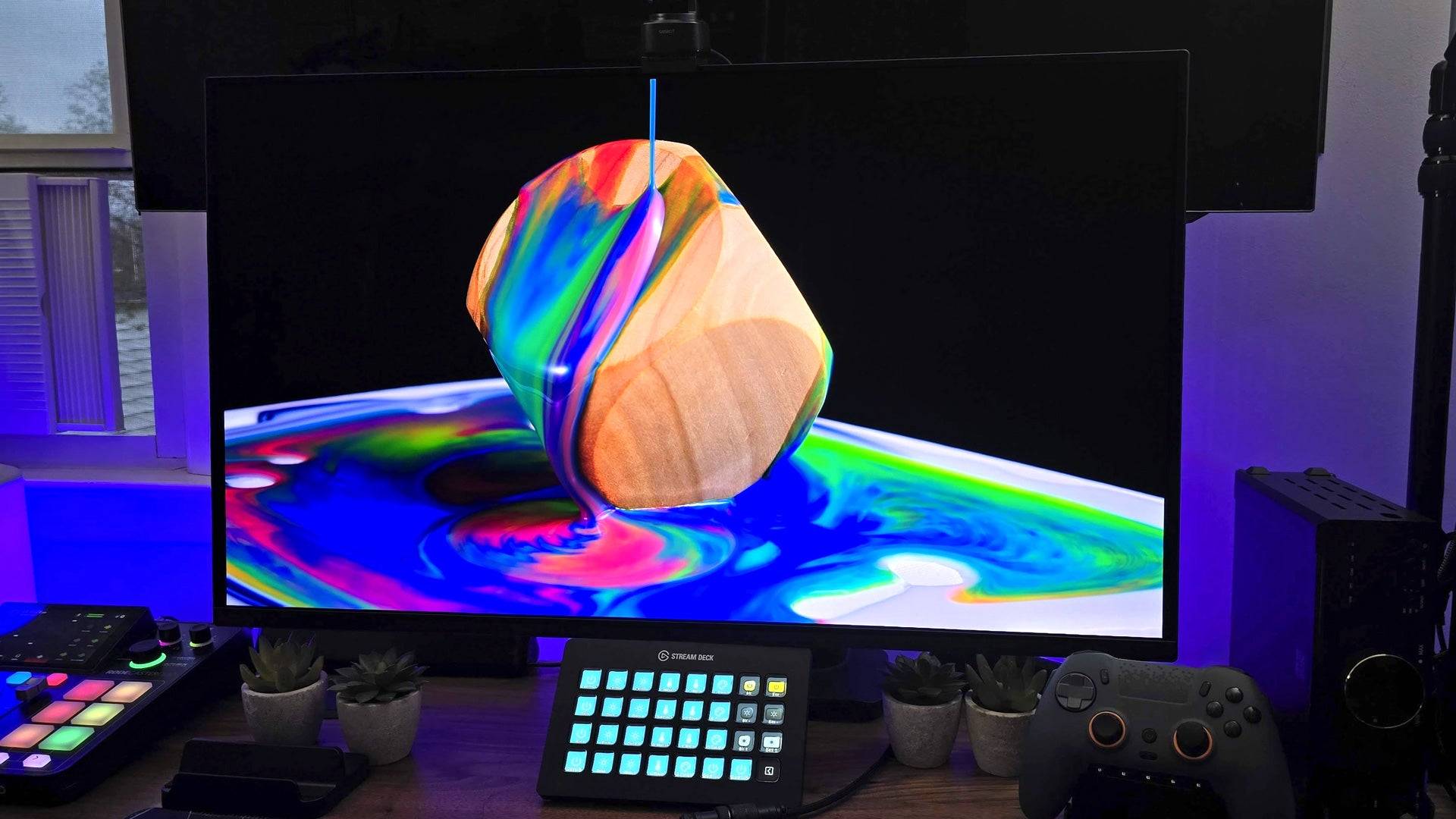
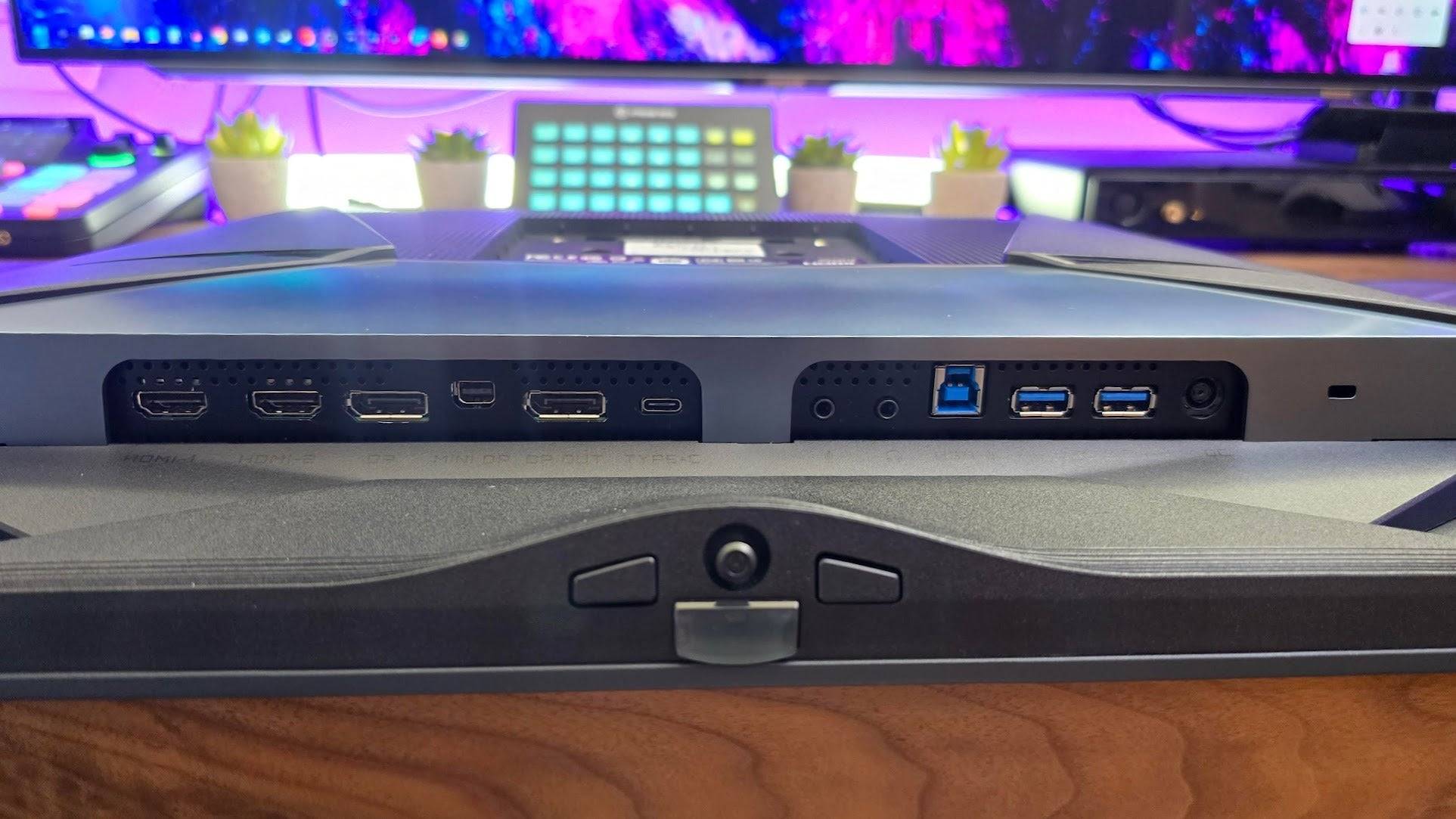
1. Gigabyte FO32U2
Best FreeSync Gaming Monitor

Gigabyte FO32U2 Pro
15This stunning monitor delivers on all fronts, thanks to its wealth of features and OLED panel. See it at Amazon
Product Specifications
- Aspect Ratio: 16:9
- Screen Size: 31.5”
- Resolution: 3,840 x 2,160
- Panel Type: QD-OLED
- Brightness: 1,000cd/m2
- Max Refresh Rate: 240Hz
- Response Time: 0.03ms
- Inputs: 2 x HDMI 2.1, 1 x DisplayPort 1.4, 1 x USB Type-C, 2 x USB 3.2 Type-A
PROS
- Outstanding 4K resolution with vivid colors
- Excellent performance
- High peak brightness
CONS
- Calibration needs tweaking initially
The best AMD FreeSync monitor of 2025 so far is the Gigabyte FO32U2, which I reviewed when it was released last year. This monitor comes in two versions: the standard one, recommended here, and the Pro, which features DisplayPort 2.1 support for future-proofing. It offers an incredible gaming experience with its beautiful QD-OLED display. Recent price cuts have made it one of the best value OLED gaming monitors available. Don't miss out on this gem.
As someone who reviews numerous cutting-edge gaming monitors, the Gigabyte FO32U2 is the one I chose for myself. Its picture is bright and vivid, and the way Gigabyte balances overall brightness, even in SDR, sets it apart from the competition. A year ago, this monitor faced stiff competition, but the non-Pro version now costs well under $1,000, making it an even better choice that I'm happy to recommend to my closest friends.
While it may not be the absolute brightest QD-OLED gaming monitor, it still reaches 1,000 nits in highlights. In real-world gaming scenarios, you're unlikely to notice a significant difference between 1,000 nits and 1,300 nits, which more expensive monitors on this list can achieve. Its motion clarity is fantastic, thanks to its rapid OLED panel and 240Hz refresh rate, making it ideal for competitive gaming.
The Gigabyte FO32U2 strikes a perfect balance between price and performance. It's a top choice for any gaming setup.
2. Lenovo Legion R27fc-30
Best Budget FreeSync Gaming Monitor

Lenovo Legion R27fc-30
0This large-and-in-charge monitor offers a rapid refresh rate and FreeSync Premium at a budget-friendly price. See it at Lenovo See it at Amazon
Product Specifications
- Screen size: 27"
- Aspect ratio: 16:9
- Resolution: 1,920 x 1,080
- Panel type: VA
- FreeSync Premium
- Brightness: 350 cd/m2
- Refresh rate: 280Hz
- Response time: 0.5ms
- Inputs: 2 x HDMI 2.1, 1 x DisplayPort 1.4
PROS
- FreeSync Premium support
- Ridiculously high refresh rate for the price
- HDMI 2.1 support for consoles
CONS
- Limited peak brightness
Priced just under $200, the Lenovo Legion R27fc-30 is an excellent choice for both AMD and Intel users. This monitor features a 1080p resolution for crisp visuals on its 27-inch panel and an impressively fast 280Hz maximum refresh rate, offering next-level motion clarity at an affordable price. It's perfect for competitive gaming without breaking the bank.
Additionally, it supports HDMI 2.1 for easy console connectivity and has a curved panel with a 1500R curvature for immersive gameplay without text distortion. It uses a VA panel for improved image quality, providing better contrast and deeper blacks than an IPS display, making it a great value that impressed me during testing.
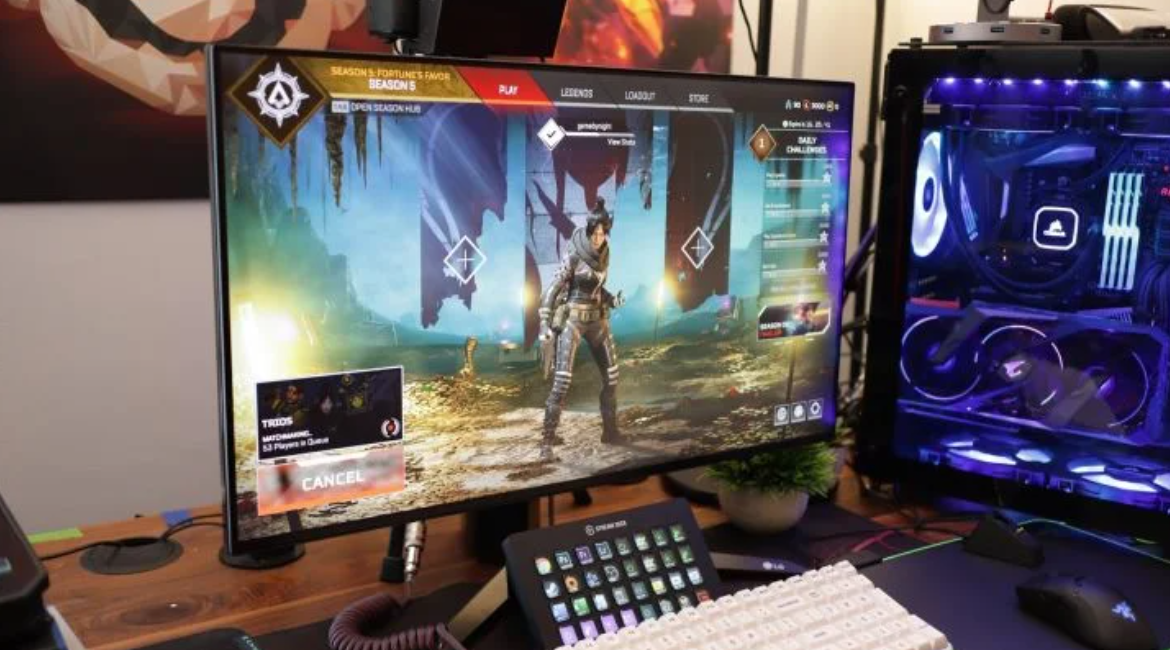
3. LG UltraGear 27GN950-B
Best 4K FreeSync Gaming Monitor

LG UltraGear 27GN950-B
0This 4K monitor with FreeSync Premium Pro offers a 144Hz refresh rate and HDR support for smooth action and vibrant visuals. See it at Amazon
Product Specifications
- Screen size: 27"
- Aspect ratio: 16:9
- Resolution: 3,840 x 2,160
- Panel type: IPS
- FreeSync Premium Pro, G-Sync Compatible
- Brightness: 600cd/m2
- Refresh rate: 144Hz
- Response time: 1ms
- Inputs: 2 x HDMI 2.0, 1 x DisplayPort 1.4
PROS
- FreeSync Premium Pro support for HDR gaming
- Wide color gamut support
CONS
- Poor contrast ratio
For 4K gaming, the LG UltraGear 27GN950-B, which I've tested and reviewed, is my top pick, and it comes with FreeSync support. It features FreeSync Premium Pro, ensuring you're protected against tearing, stutters, and latency while gaming in HDR. The IPS panel covers 98% of the DCI-P3 color space and achieves high brightness levels, making the most of HDR10 content or games.
With a 4K resolution packed into a 27-inch panel, you'll experience sharp visuals, and LG doesn't compromise on speed. The monitor can run at up to 144Hz, allowing for fast gameplay, and FreeSync ensures smooth performance even if you don't always reach that full speed at 4K.
Asus ROG Swift OLED PG27AQDP – Photos

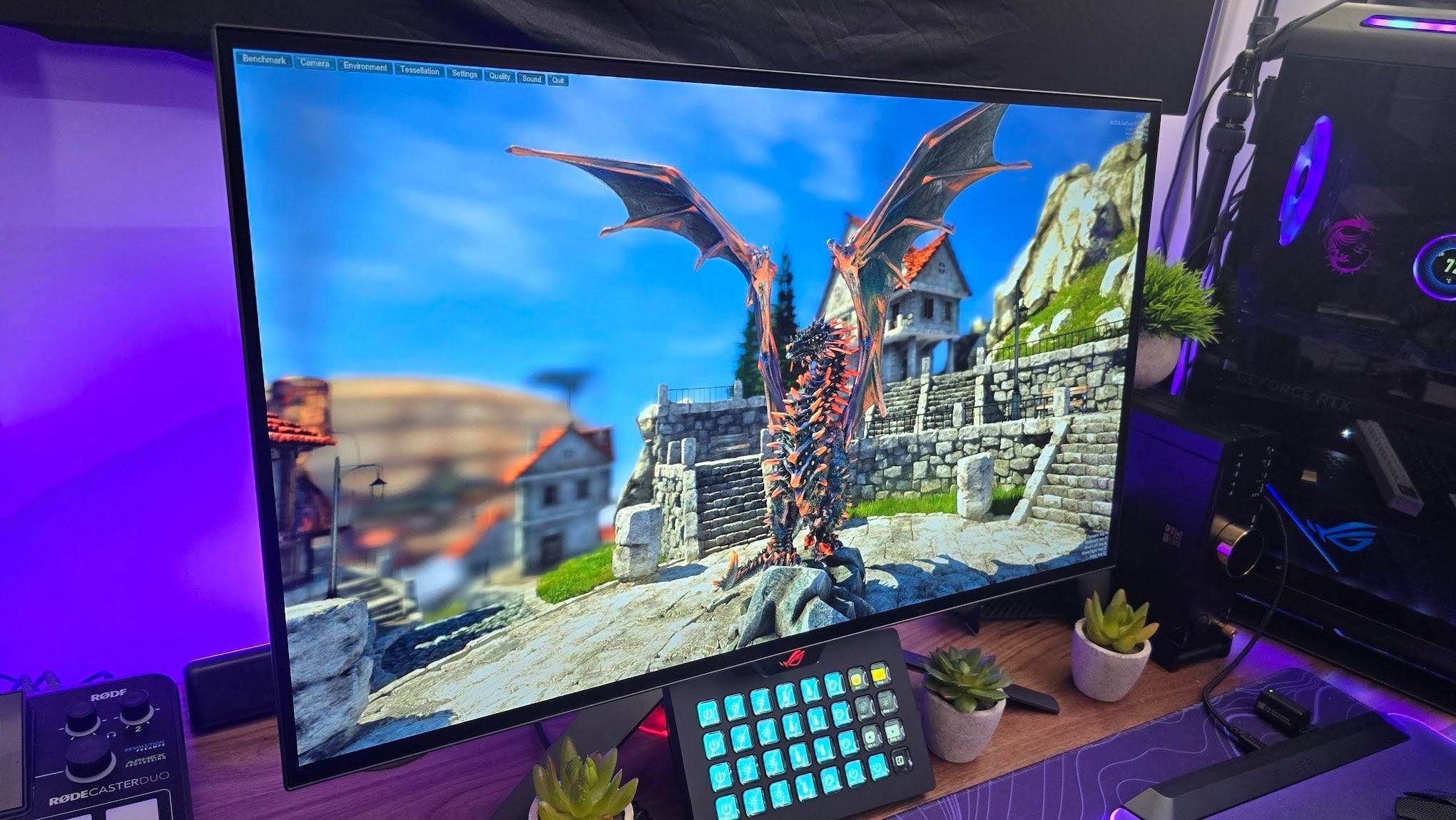 19 Images
19 Images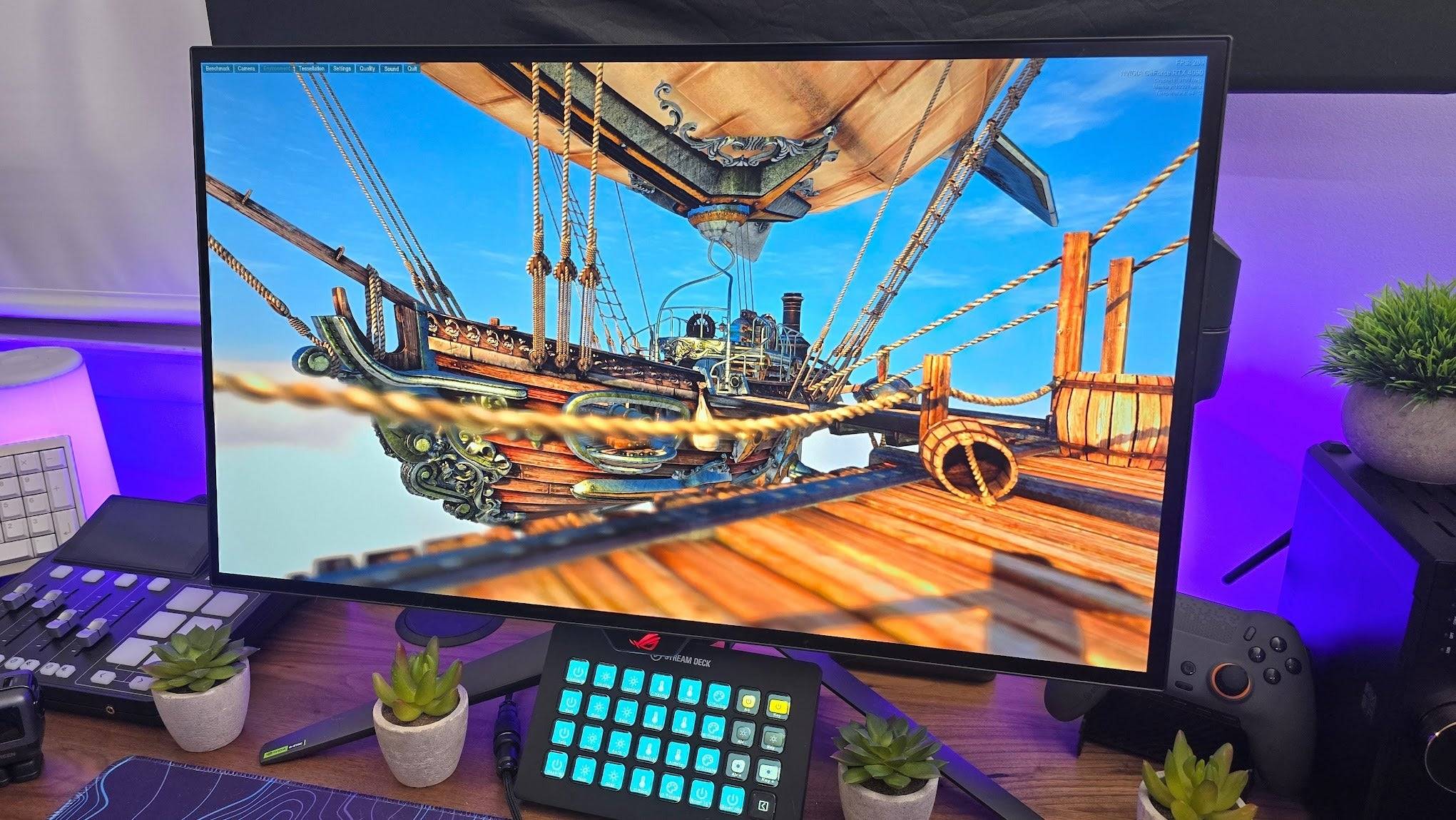
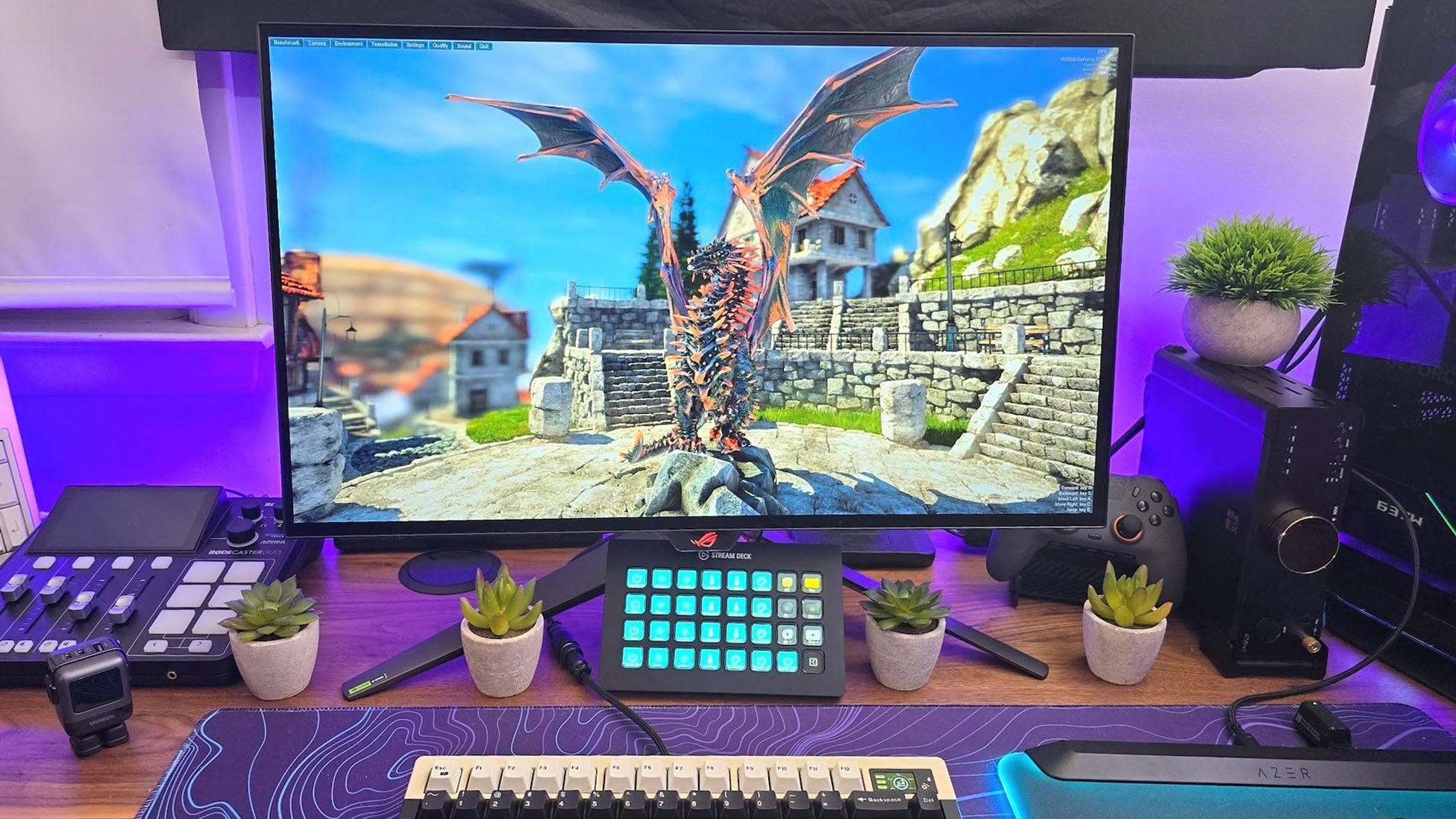
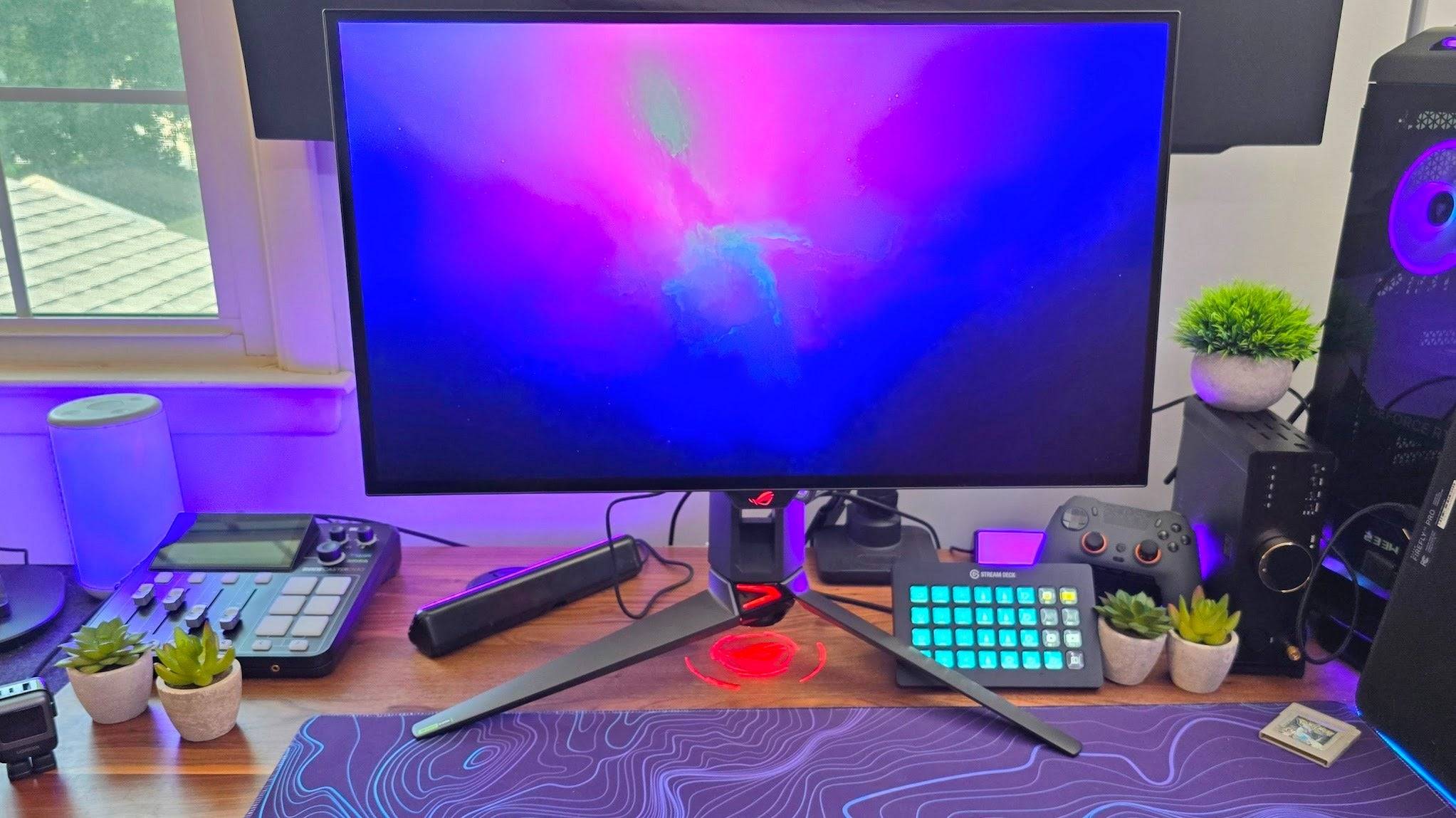
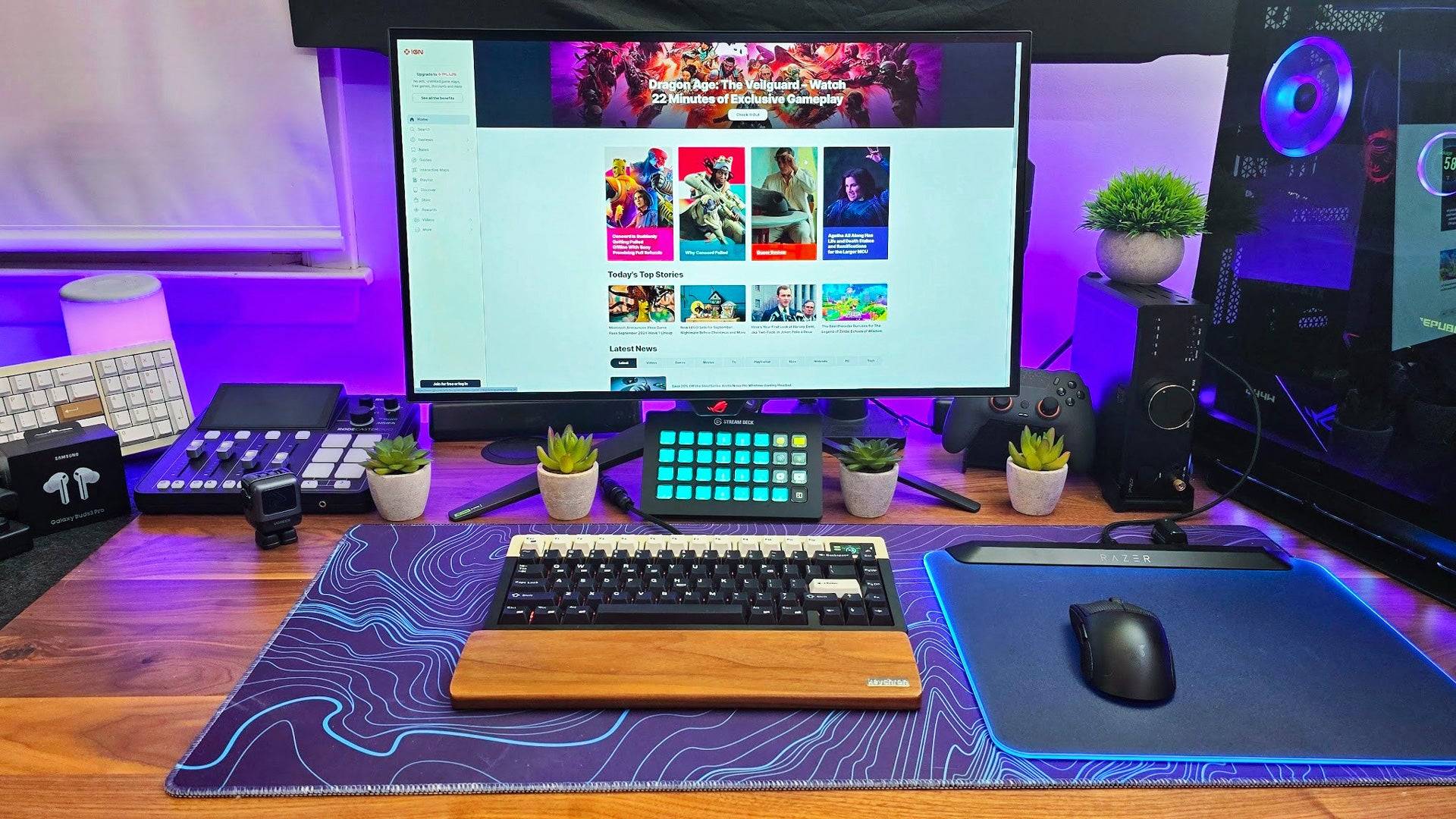
4. Asus ROG Swift PG27AQDP
Best 1440p FreeSync Monitor
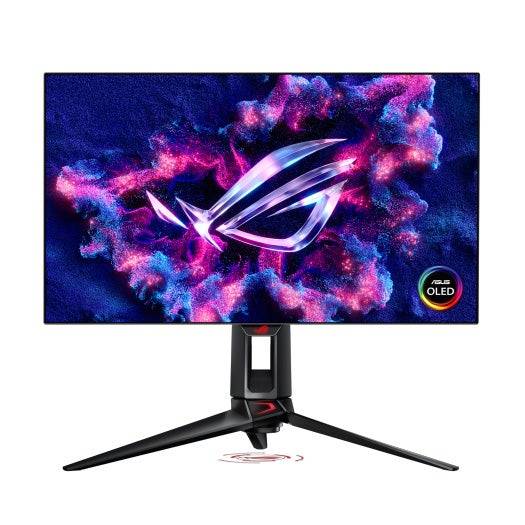
Asus ROG Swift PG27AQDP
0The Asus ROG Swift PG27AQDP is a top-tier gaming monitor that ticks all the boxes for competitive gamers. See it at Newegg
Product Specifications
- Screen size: 26.5"
- Aspect ratio: 16:9
- Resolution: 2,560 x 1,440
- Panel type: OLED, FreeSync Premium
- Brightness: 1,300cd/m2
- Refresh rate: 480Hz
- Response time: 0.03ms
- Inputs: 2 x HDMI 2.1, 1 x DisplayPort 1.4, 2 x USB 3.2
For 1440p gaming, the Asus ROG Swift PG27AQDP, which I've reviewed, is unbeatable. It offers an incredible 480Hz refresh rate, providing class-leading motion clarity. Combined with its screen size and resolution, it offers excellent pixel density, ensuring you never miss crucial details during competitive matches.
While it's a premium-priced monitor, it delivers top-tier performance and features. Its WOLED panel is exceptionally bright, reaching 1,300 nits in highlights, and offers rich colors, though perhaps not as tightly accurate as QD-OLED counterparts out-of-the-box. It's versatile enough for content creation and gaming, though not recommended for professional color-critical work.
It's also an excellent choice for gaming consoles, featuring two HDMI 2.1 ports to run both PS5 and Xbox Series X at their maximum 240Hz refresh rate, enhancing clarity and immersion without sacrificing performance.
AOC Agon Pro AG456UCZD – Photos
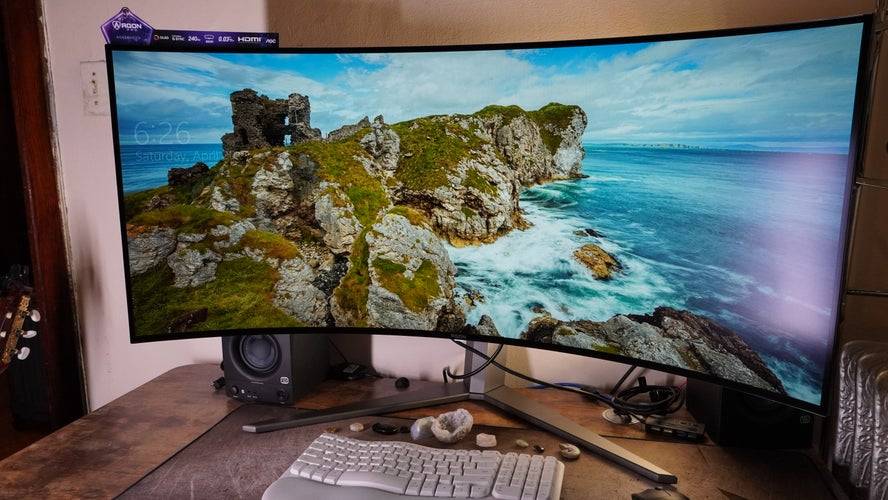
 7 Images
7 Images



5. AOC Agon Pro AG456UCZD
Best Ultrawide FreeSync Monitor

AOC Agon Pro AG456UCZD
0The AOC Agon Pro AG456UCZD is a high-end OLED ultrawide gaming monitor that brings your PC games to life. See it at Amazon
Product Specifications
- Screen size: 44.5"
- Aspect ratio: 21:9
- Resolution: 3,440 x 1,440
- Panel type: OLED
- HDR compatibility: HDR 10
- Brightness: 1,000cd/m2
- Refresh rate: 240Hz
- Response time: 0.03ms
- Inputs: 2 x HDMI 2.0, 1 x DisplayPort 1.4, 1 x USB-C (DisplayPort mode), 4 x USB-A, 1 x USB-B
PROS
- Stunning picture
- Ultrawide resolution
- Massive size
CONS
- Color accuracy could be better
When it comes to ultrawide FreeSync monitors, the AOC Agon Pro AG456UCZD, which we've reviewed, is a powerhouse. With a 45-inch screen and a 21:9 aspect ratio, it becomes the centerpiece of your gaming setup.
Beyond its size, this monitor features a fast and vibrant OLED panel that gets plenty bright in HDR and boasts a 240Hz refresh rate. Combined with OLED's native 0.03ms response time, the Agon Pro offers pristine clarity during rapid motion.
At 45 inches, this ultrawide isn't for everyone due to its imposing size. However, if you crave extra screen real estate, the AG456UCZD is unmatched. Most 21:9 monitors extend width without adding vertical space, but the Agon Pro offers more usable space than competing FreeSync monitors.
It also provides an immersive experience thanks to its deep 800R curve, designed to wrap into your peripheral vision. However, this curve may impact text clarity, so consider a shallower curve if you plan to use it for productivity.
What to Look for in a FreeSync Gaming Monitor
FreeSync is AMD's branding for its variable refresh rate (VRR) monitor technology, built on the open VESA Adaptive-Sync protocol as part of the DisplayPort 1.2a spec. If you have a FreeSync monitor, you'll get variable refresh rates with modern AMD graphics cards.
If you're using an Nvidia graphics card or another video source like a console via HDMI, a FreeSync monitor will function like a normal monitor.
There are multiple tiers of FreeSync:
- AMD FreeSync: The standard tier guarantees variable refresh rate technology to eliminate screen tearing and low frame rate compensation.
- AMD FreeSync Premium: This tier guarantees a minimum refresh rate of at least 120Hz.
- AMD FreeSync Premium Pro: The highest tier, adding HDR performance to the feature list. Monitors with this certification meet certain quality standards determined by AMD, offering a higher quality HDR gaming and video experience.
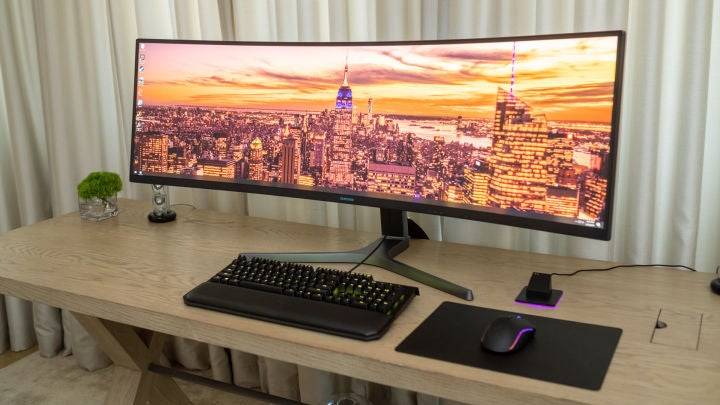
FreeSync Gaming Monitor FAQ
What is VRR?
A standard monitor is locked to a single refresh rate, the number of times per second it changes the color and brightness of its pixels. Your graphics card draws a frame and waits for the monitor's next refresh to display it, causing your game to jump between frame rates in even multiples of the display's refresh.
Disabling vsync allows your graphics card to run as fast as possible, but it can produce screen tearing, where the monitor displays partially drawn frames on top of the previous frame.
With VRR technology like G-Sync or FreeSync, the monitor refreshes whenever the graphics card finishes drawing the next frame. For example, if your game runs at 52fps, the monitor will refresh at 52Hz, eliminating screen tearing and allowing you to see the frame rate your graphics card is capable of.
There are two main VRR technologies: G-Sync, which is Nvidia's proprietary technology and works only with Nvidia graphics cards, and FreeSync, AMD's brand that works with AMD GPUs. G-Sync requires extra hardware, increasing monitor costs but ensuring consistent quality. FreeSync, with no licensing fees and no proprietary hardware, typically results in cheaper monitors, though quality control can be less consistent.
What's the difference between G-Sync and FreeSync?
The best FreeSync and G-Sync monitors perform similarly, both aiming to synchronize the refresh rate of the display with the frame rate of your gaming device. They use the same VESA Adaptive-Sync technical standard, and most FreeSync displays can work as G-Sync-compatible, though manufacturers may not claim this outright.
The exceptions are G-Sync and G-Sync Ultimate monitors, which require additional hardware, only work with Nvidia GPUs, and handle adaptive sync across the display's entire refresh rate, unlike other VRR technologies that typically max out around 48Hz. These monitors are often more expensive.
You can read more about FreeSync vs. G-Sync.
What is Low Framerate Compensation?
Low Framerate Compensation (LFC) is a feature built into all AMD FreeSync monitors. When your fps drops, LFC duplicates frames to smooth out gameplay and prevent hitching. This is different from Nvidia's frame generation technology, as LFC does not use AI to create new frames but simply duplicates existing ones. The compensation range varies by monitor, so check the specifications to ensure your computer's performance falls within the effective range.
When are FreeSync monitors on sale?
The biggest discounts on FreeSync monitors are available during Amazon Prime Day, Black Friday, and Cyber Monday. You can also find gaming monitor deals at the end of summer during back-to-school sales, and early January after the winter holidays is another great time for gamers to snag clearances.
 Home
Home  Navigation
Navigation






 Latest Articles
Latest Articles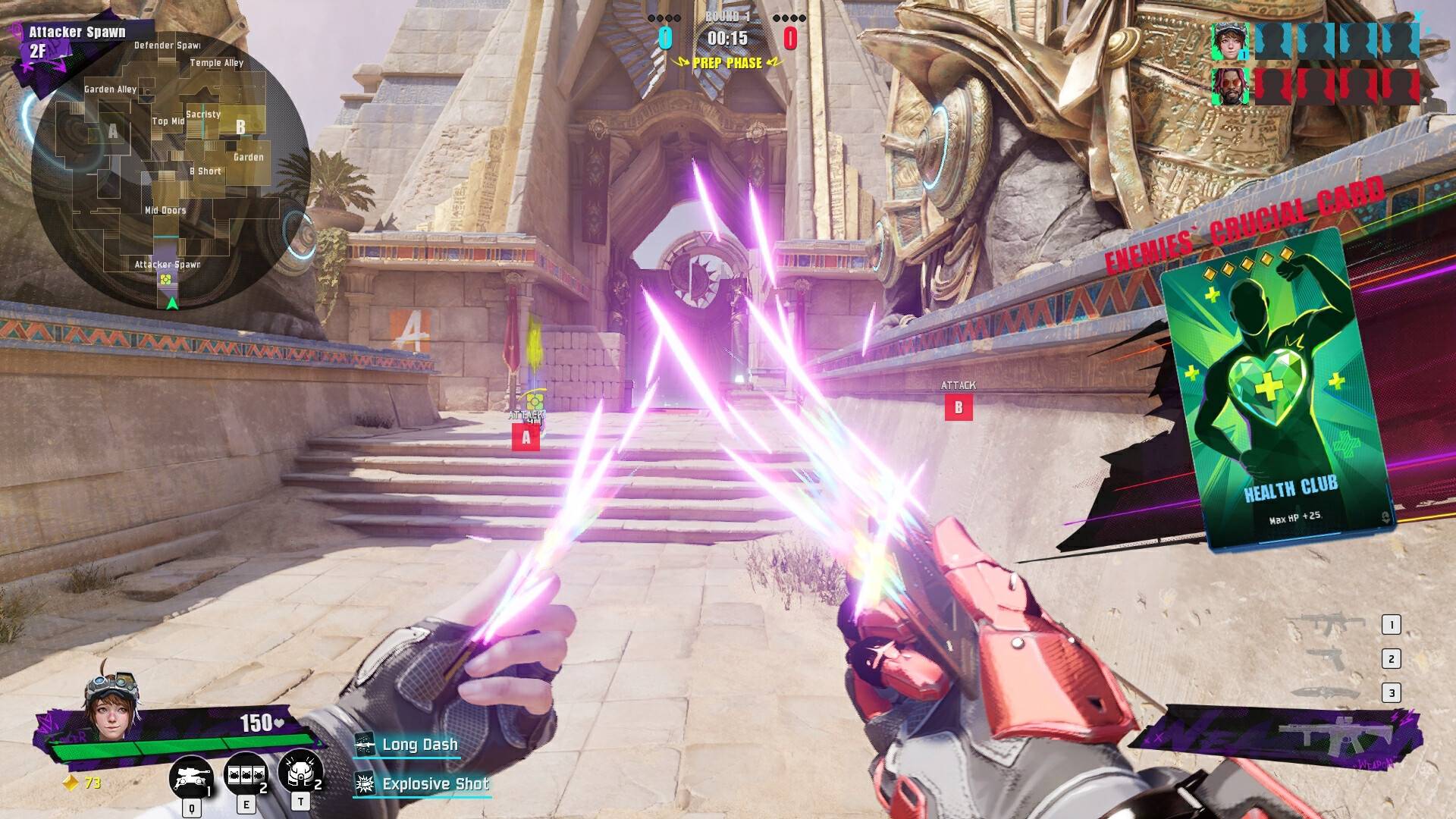
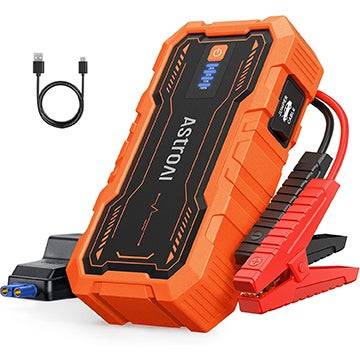








 Latest Games
Latest Games












